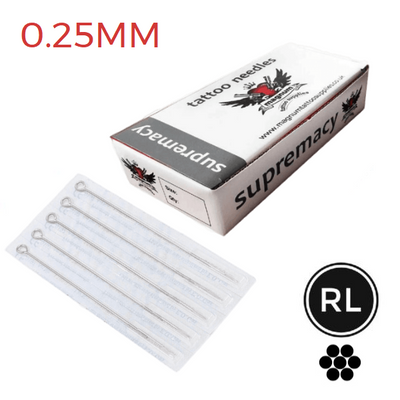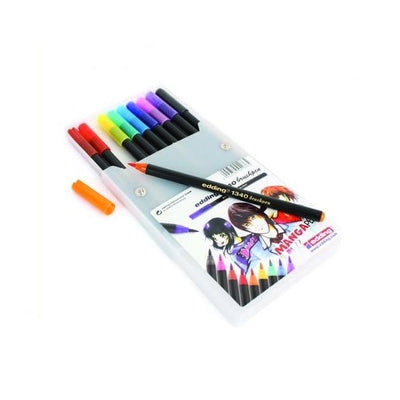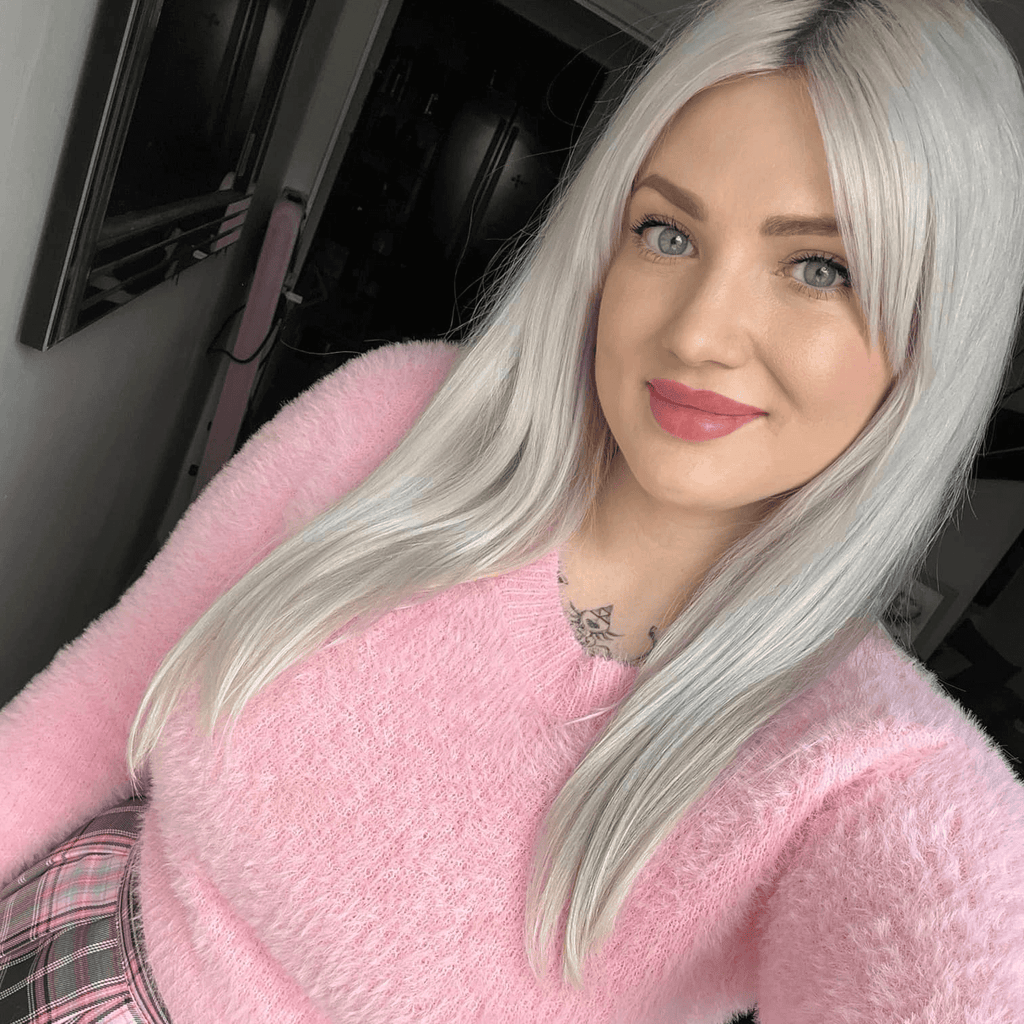Have you ever wondered about the deep meanings behind the striking Day of the Dead tattoos? While they might catch the eye with their vibrant colours and intricate designs, there's much more to these tattoos than just aesthetic appeal.
Many of us struggle to grasp the rich cultural heritage and profound symbolism these tattoos carry, symbols that bridge the gap between the past and the present in modern body art. Understanding these meanings enriches our appreciation of the art and deepens our connection to a tradition that celebrates life and remembrance.
What is a Day of the Dead tattoo?

A Day of the Dead tattoo is a vibrant and symbolic design inspired by the Mexican holiday Día de los Muertos, which honours deceased loved ones. These tattoos often feature iconic elements such as sugar skulls, marigolds, and La Catrina figures, each rich with cultural significance.
The designs can range from colorful and elaborate to more simple and understated, but all serve to celebrate life and remember the dead. They're a popular way for individuals to express their memories and connections to lost family members or friends, incorporating art and tradition into a personal tribute.
History of the Day of the Dead: Origins and evolution

The Day of the Dead, known in Spanish as Día de los Muertos, has a rich history that dates back to indigenous traditions in Mexico before blending with Spanish Catholic influences. This celebration is a vivid example of the synthesis of pre-Hispanic culture and European religion, evolving over centuries into the vibrant festival it is today.
Pre-Hispanic Origins
The origins of the Day of the Dead can be traced back to indigenous peoples such as the Aztecs, Maya, Purépecha, Nahua, and Totonac. These cultures held cyclical views of the universe and believed in an afterlife.
The Aztecs, for instance, celebrated the festival of Mictecacihuatl, the Lady of the Dead, who presided over contemporary festivities. They dedicated the festival to the remembrance of deceased ancestors, celebrating it in what corresponds to modern late summer.
During this time, they believed the souls of the dead returned to the living world. Celebrations included offerings of food, marigolds, and rituals with symbolic meanings.
Spanish influence and syncretism
With the arrival of the Spanish conquistadors and the subsequent Christianisation of indigenous peoples, these ancient rituals were gradually merged with two Catholic holidays: All Saints' Day on November 1st and All Souls' Day on November 2nd.
The Spaniards attempted to align indigenous traditions with these Catholic celebrations as a part of their broader strategy to convert and control native populations. This syncretism transformed the timing and some of the practices associated with the original festivals, but the core intention—to honour and remember the dead—remained intact.
Evolution into modern-day
Over the centuries, Día de los Muertos evolved into a distinctive cultural hallmark of Mexico, characterised by its unique blend of solemnity and festivity. Key elements include:
- Altars (Ofrendas): Families create altars in their homes or cemeteries decorated with photos, belongings of the deceased, candles, food, and marigolds.
- Sugar skulls (Calaveras): Originally made from clay moulded sugar, these skulls are often colourfully decorated to represent the vitality and personality of the deceased.
- Papel Picado: This perforated paper represents the wind and the fragility of life and is often used to decorate altars and streets.
- Food and music: Traditional foods like pan de muerto and dishes the deceased enjoyed are prepared, while music plays a significant role in the celebrations.
Cultural recognition and global influence
Recognised by UNESCO in 2008 as part of the Intangible Cultural Heritage of Humanity, Día de los Muertos continues to gain global attention. Its imagery and practices have spread internationally, been celebrated in various forms around the world, and been prominently featured in popular media, such as in films and art.
The Day of the Dead remains a powerful way to honor and remember the deceased, reflecting a deep and enduring respect for ancestors and the cyclical nature of life and death, while also showcasing the rich tapestry of Mexican cultural heritage.
Symbolism in Day of the Dead tattoos

Day of the Dead, or also known Día de los Muertos, is a richly symbolic celebration from Mexico that honours the lives of the deceased with vibrant festivities, and the tattoos inspired by this holiday are equally meaningful and colourful. Here are some key symbols often found in Day of the Dead tattoos:
- Sugar Skulls (Calaveras): These are perhaps the most iconic symbols associated with the Day of the Dead. In tattoos, sugar skulls represent the departed souls and are often adorned with intricate designs and vibrant colours. Each decoration on the skull can have specific meanings, such as marigolds for the beauty of life or cobwebs for the passage of time.
- Marigolds (Cempasúchil): This flower is known as the "flower of the dead." Marigolds are believed to guide the spirits back to the living world with their vibrant colours and scent. In tattoos, they can symbolise the brevity of life or serve as a reminder that the dead are still remembered and cherished.
- La Catrina: La Catrina is a skeletal figure wearing a fancy hat and elegant dress, often depicted in a joyful manner. She represents a playful acknowledgement of death's presence in life and the equalising effect of death, suggesting that everyone ultimately shares the same fate, regardless of status.
- Candles and Lights: These are often included in tattoos to signify guidance for the spirits on their journey back to the world of the living during the celebration. They can also symbolise hope and remembrance.
- Portraits and Names: It's common to include portraits or names of deceased loved ones, encapsulating their memory in a vibrant, celebratory fashion that aligns with the festival's themes of remembrance and continuation of love and life beyond death.
- Papel Picado (Perforated Paper): This delicate paper craft is used to decorate during the festival, and in tattoos, it can symbolise the fragility of life. Its intricate designs often include birds, skeletons, and floral patterns, each carrying its own specific meaning.
- Altars (Ofrendas): Tattoos depicting altars are less common but hold deep meaning, representing the offerings made to honour and welcome the spirits home. They might include favorite foods, beverages, and personal belongings of the deceased.
Final thoughts
In exploring the meanings behind Day of the Dead tattoos, we uncover a profound connection to cultural heritage and personal expression that transcends time. These tattoos do more than decorate the skin; they narrate stories of life, death, and eternal remembrance, weaving a tapestry of tradition and modernity in body art. For tattoo artists, this understanding enhances their craft and deepens the emotional impact of their work.
If you're inspired to bring these rich traditions to life through your art, make sure you're equipped with the best tattoo tools and materials. Visit our website to explore our top-quality tattoo inks, advanced machines, and gentle aftercare products, designed to help you capture the essence and beauty of every design you create.



























































 Studio supplies
Studio supplies












 Power & batteries
Power & batteries








 Aftercare
Aftercare





















 Apprentice
Apprentice


 Piercing & jewellery
Piercing & jewellery







 PMU supplies
PMU supplies




 New arrivals
New arrivals
 Gift vouchers
Gift vouchers
 Shop all
Shop all
















































